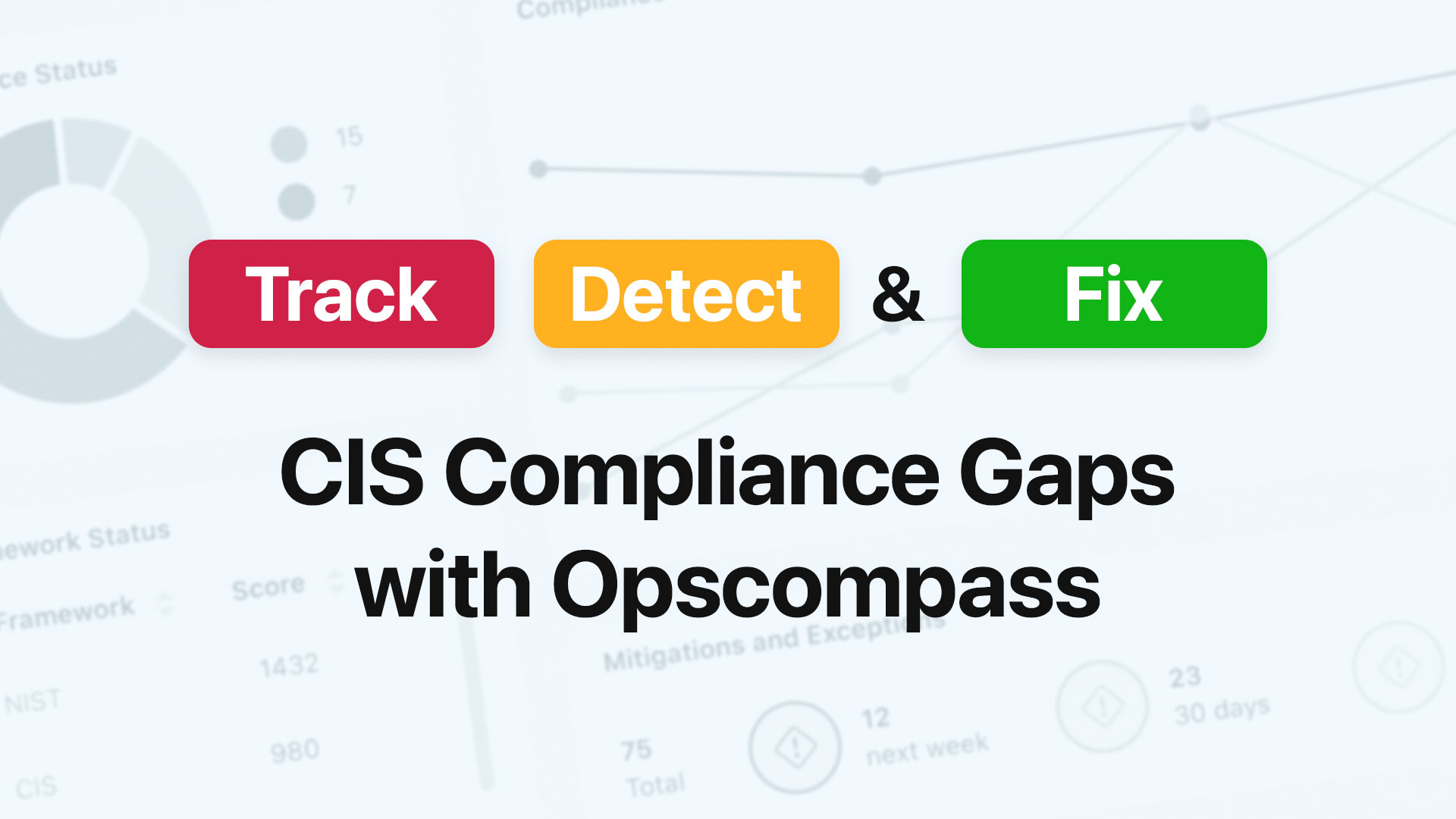Microsoft’s recent announcement of Managed Disks is a welcome addition for anyone who manages IaaS environments on Azure. Previously, when you wanted to deploy a virtual machine (VM) it had to have at least two disks attached to it – one for the OS and another for pagefile. These disks would be stored in a Storage Account as page blobs and in a format called virtual hard disk (VHD). The trouble with this scenario was that your VM’s actual OS disks and data disks were essentially just files in blob storage, loosely related to your actual VM, and subject to Storage Account limits. So the result ended up being that a lot of planning and management was required to properly handle scaling, performance, and images.
With Managed Disks, it’s all much easier and makes managing IaaS a little more like PaaS but with more control. Instead of spinning up a VM and choosing the correct Storage Account, you simply setup your VM and indicate you want Managed Disks. No Storage Account required! All of the IOPS and scaling management is being done by Azure under the hood. No more deploying VM’s across multiple Storage Accounts for the purposes performance and scalability. If you
Another important implication of Managed Disks has to do with VM Scale Sets – a powerful feature that allows for true autoscaling of VM’s. With Managed Disks, you can attach disks to up to 1000 VM’s in a Scale Set. That’s a 10x increase from the old method and means that autoscaling your app within a range of 100’s of VM’s is almost trivial. Autoscaling is indispensable when it comes to optimizing spend and ensure your infrastructure is right sized. An additional way Managed Disks contributes to cost optimization is the new ability to switch any Managed Disks from Standard to Premium storage, or vice versa, without a VM restart or any other intervention.




